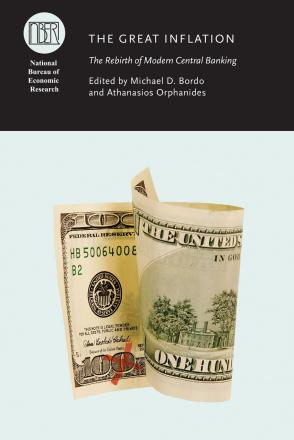The Supply-Shock Explanation of the Great Stagflation Revisited

Previous studies have concluded that the two OPEC shocks, the two roughly contemporaneous food price shocks, and the removal of wage-price controls in 1973-1974 played key roles in the macroeconomic events which constituted the Great Stagflation. This chapter reexamines the supply-shock explanation in the light of new facts, new models, and new econometric findings, and shows that the "old-fashioned" supply-shock explanation holds up quite well. It is organized as follows. Section 2.2 outlines and slightly modernizes the basic conceptual framework, reexamining it in the light of much new theory and many new empirical findings, while Section 2.3 takes a fresh look at the evidence on the Great Inflation in the United States, once again using new data, new theory, and new econometric findings. Section 2.4 deals with a series of objections to the supply-shock explanation, while Section 2.5 looks beyond the narrow historical confines of the 1972 to 1982 period, considering supply shocks both prior to and after the Great Stagflation. Section 2.6 concludes.


